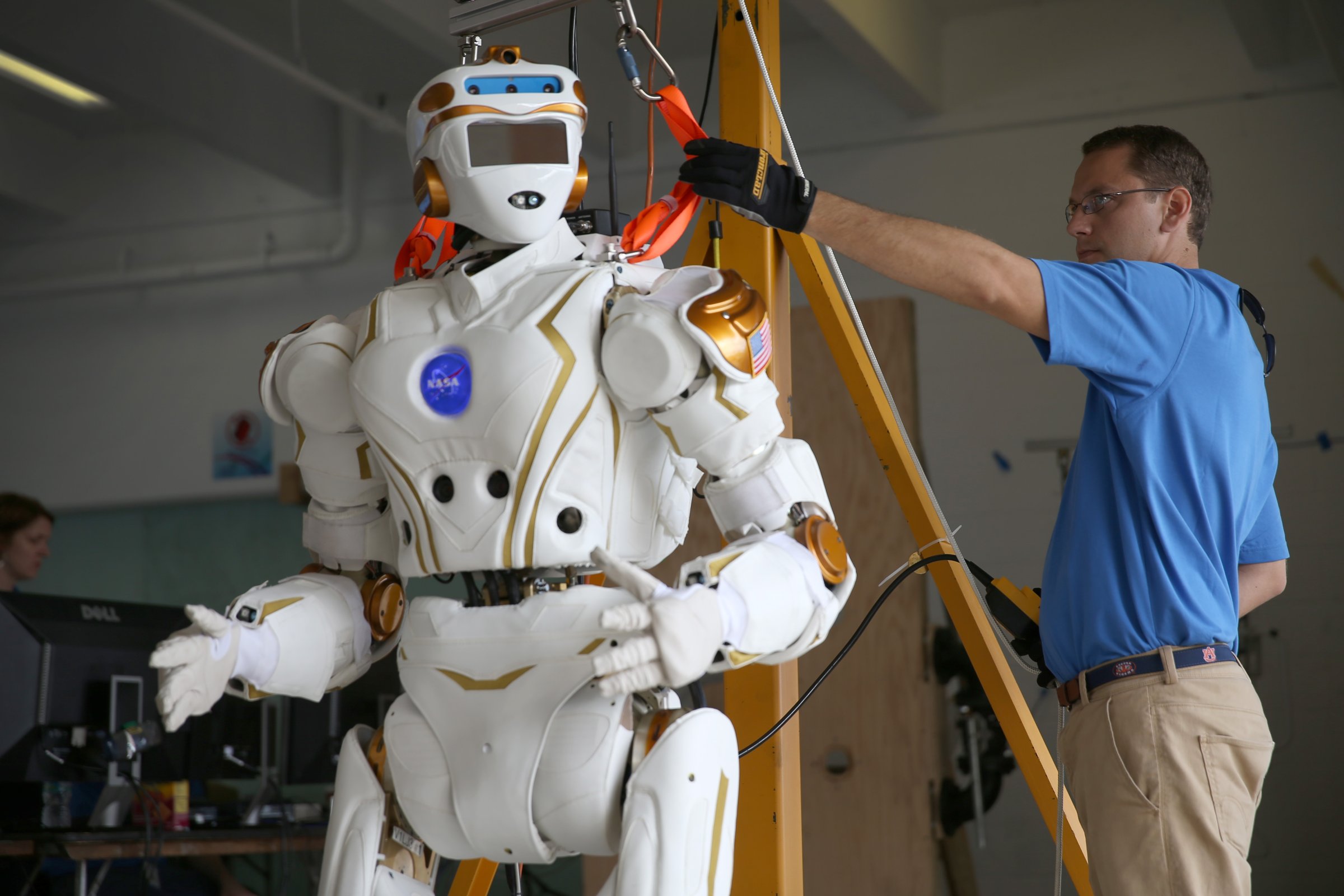

This post is in partnership with Fortune, which offers the latest business and finance news. Read the article below originally published at Fortune.com.
By Miguel Helft
Regina Dugan loves to tell the story of how she got her current job. It was a little over two years ago, and Dugan, a mechanical engineer by training and an expert in counterterrorism, was finishing a three-year stint as director of DARPA, the Defense Department’s prodigious technology research organization that gave birth to things like the global positioning system, the stealth fighter, and the Internet. During her tenure, she sharpened its focus in areas like cybersecurity and new forms of manufacturing and on delivering tangible results. “DARPA is a place of doing,” she told Congress in 2011. It’s an attitude that earned her praise among the tech elite—including veteran venture capitalist John Doerr, who sums her up in four words: “She’s an impressive leader.”
Among Dugan’s many fans was Eric Schmidt, Google’s chairman, who suggested she go on a two-day visit of the Googleplex in Mountain View, Calif. The idea was to see if there might be a fit between Dugan and some project or other at the sprawling search and advertising giant. After making the rounds of various groups, Dugan sat down with Dennis Woodside, then the CEO of Google’s Motorola unit, who was charged with turning around a brand that was once synonymous with cellphone innovation but that had lost its way in the smartphone era. Woodside said that with a renewed focus on innovation, Motorola could leapfrog rivals like Apple and Samsung. His plan was to hire a mobile-industry veteran to lead an advanced-technology group that could deliver the inventions that would restore Motorola’s status as a pioneer.
What, he wondered, did Dugan—whose job had been to nurture DARPA’s decades-long streak of breakthroughs—think? “It’s a great strategy for not losing and a lousy strategy for winning,” she answered. A week later the Motorola innovation gig was hers.
For the rest of the story, please go to Fortune.com.
More Must-Reads from TIME
- How Donald Trump Won
- The Best Inventions of 2024
- Why Sleep Is the Key to Living Longer
- Robert Zemeckis Just Wants to Move You
- How to Break 8 Toxic Communication Habits
- Nicola Coughlan Bet on Herself—And Won
- Why Vinegar Is So Good for You
- Meet TIME's Newest Class of Next Generation Leaders
Contact us at letters@time.com